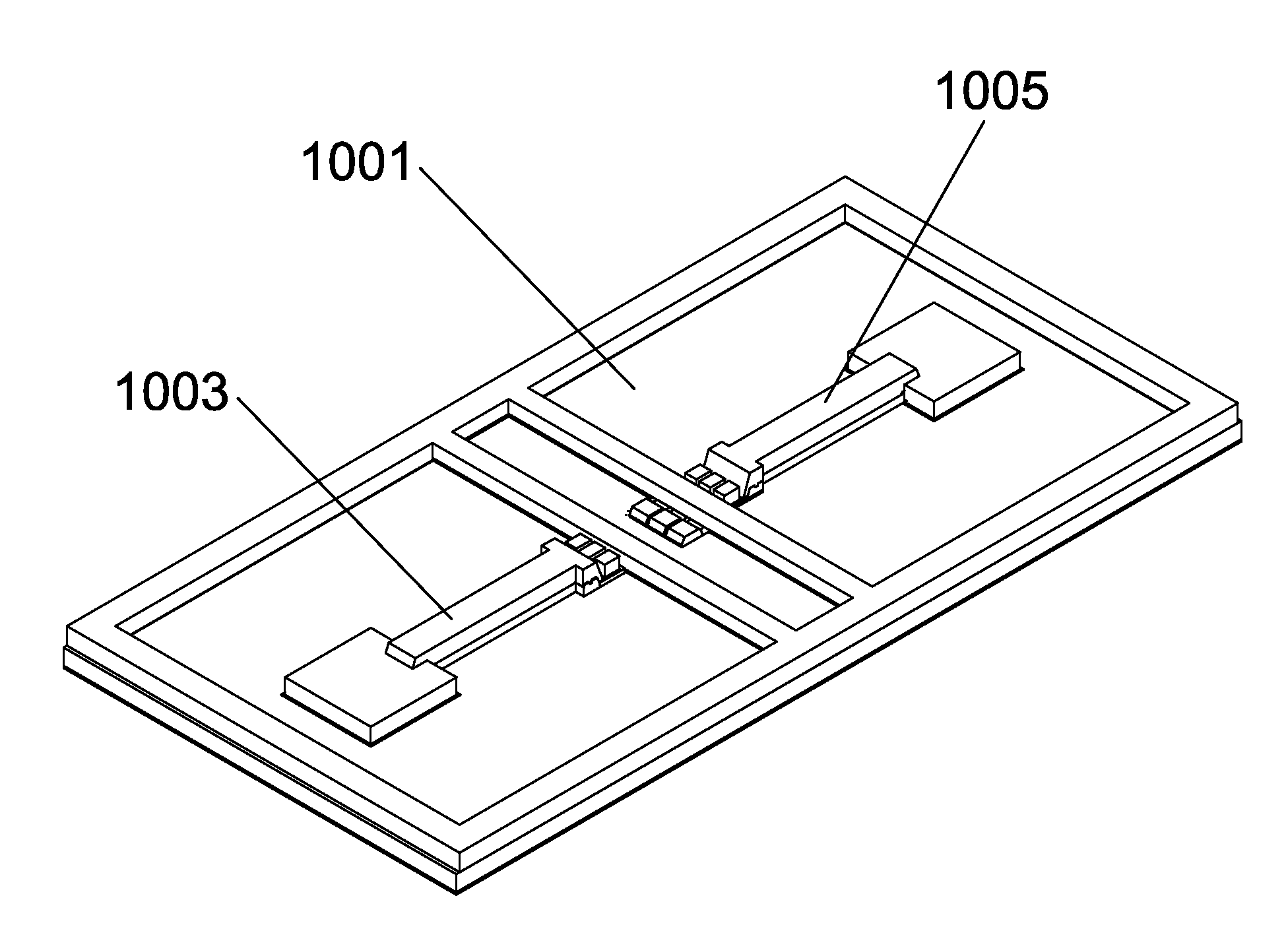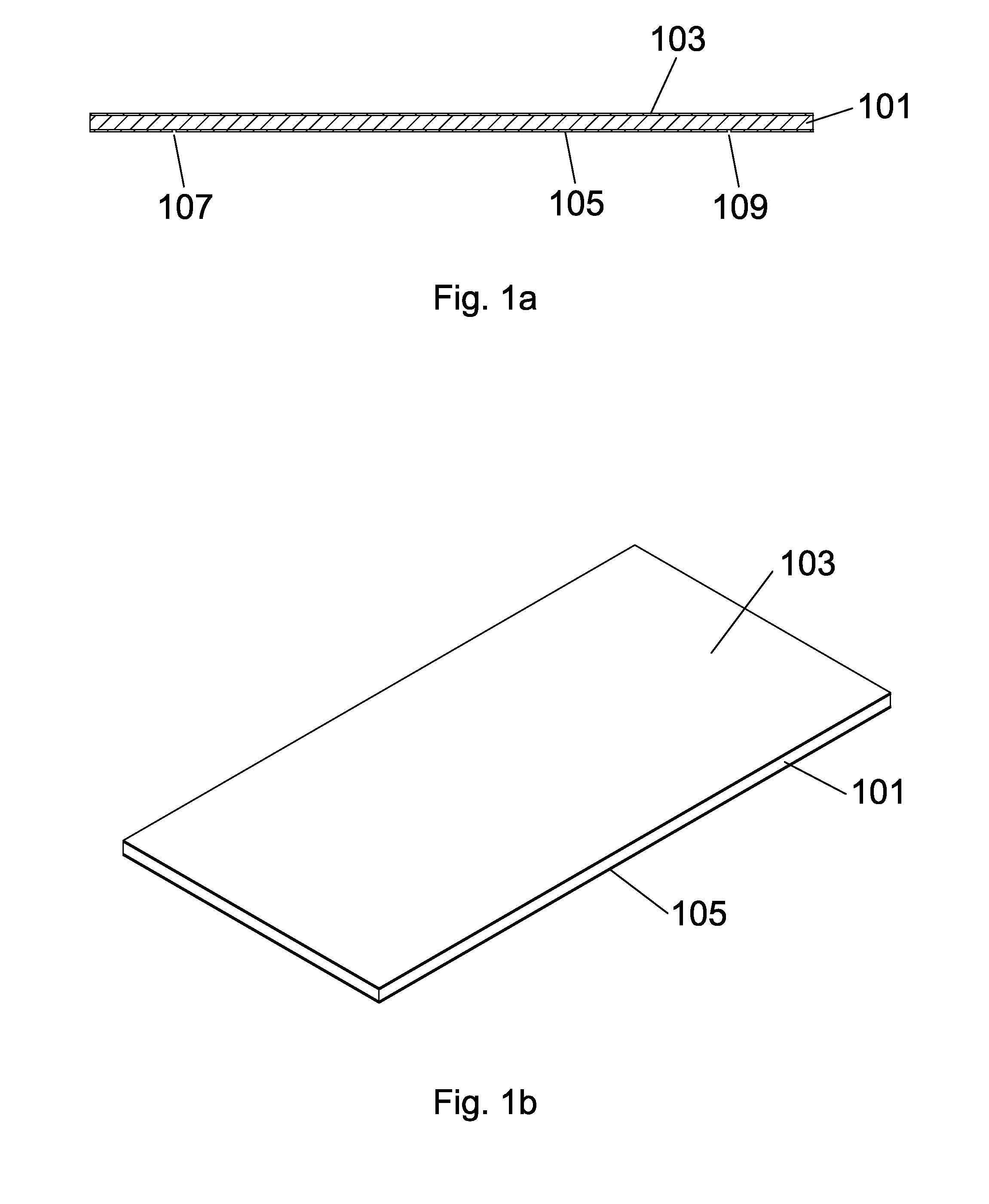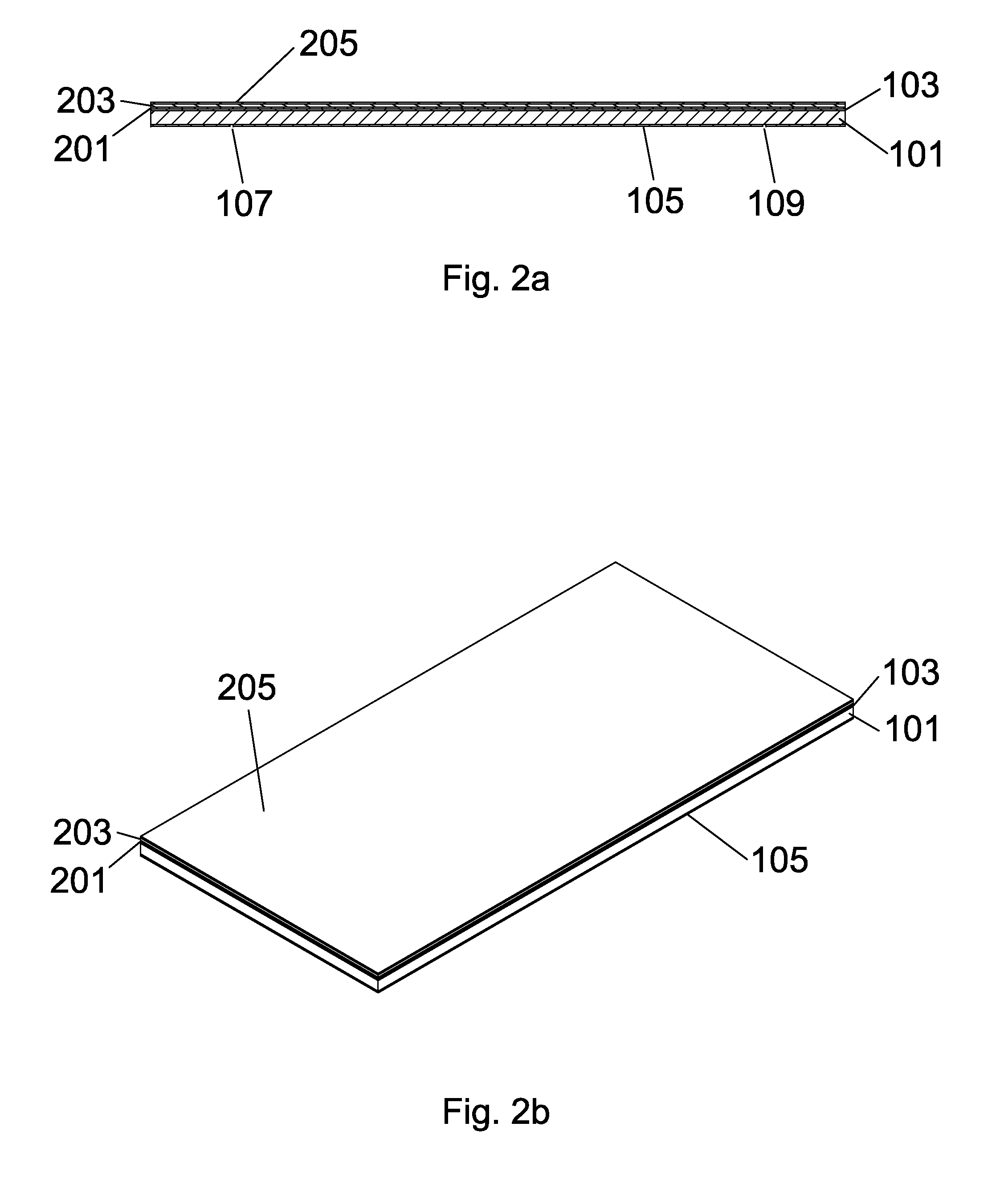High-Efficiency MEMS Micro-Vibrational Energy Harvester And Process For Manufacturing Same
a micro-vibrational, energy harvester technology, applied in the direction of generator/motor, machine/engine, generator control, etc., can solve the problems of limited life, not well known for wireless applications, and applications that have not developed as quickly as predicted
- Summary
- Abstract
- Description
- Claims
- Application Information
AI Technical Summary
Benefits of technology
Problems solved by technology
Method used
Image
Examples
Embodiment Construction
[0059]For a general understanding of the present invention and the various embodiments described or envisioned herein, reference is made to the drawings. In the drawings, like reference numerals have been used throughout to designate identical elements.
Related Terminology
[0060]MEMS: Micro-Electro-Mechanical Systems. MEMS are integrated circuits (ICs) to manufactured using processes and equipment similar to that used in the microelectronics industry. MEMS ICs include mechanical, fluidic, or optical elements in addition to electrical circuits. MEMS ICs are used for applications such as miniature sensors and transducers.
Piezoelectric: A material property for which the application of a force or stress to a piezoelectric sensitive material results in the development of a charge in the material which in turn generates an electric field in the material. The piezoelectric property is a tensor property. The application of a stress along one dimension can result in an electric field being gen...
PUM
| Property | Measurement | Unit |
|---|---|---|
| pressure | aaaaa | aaaaa |
| vibrational frequencies | aaaaa | aaaaa |
| resonant frequencies | aaaaa | aaaaa |
Abstract
Description
Claims
Application Information
 Login to View More
Login to View More - R&D
- Intellectual Property
- Life Sciences
- Materials
- Tech Scout
- Unparalleled Data Quality
- Higher Quality Content
- 60% Fewer Hallucinations
Browse by: Latest US Patents, China's latest patents, Technical Efficacy Thesaurus, Application Domain, Technology Topic, Popular Technical Reports.
© 2025 PatSnap. All rights reserved.Legal|Privacy policy|Modern Slavery Act Transparency Statement|Sitemap|About US| Contact US: help@patsnap.com



